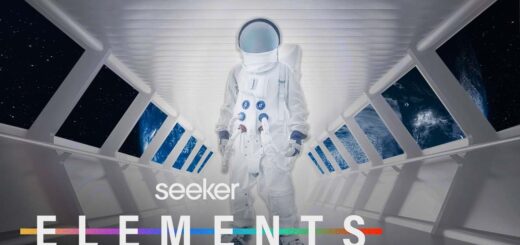Proxima Centauri b: The Earth Next Door
Our lonely patch of the sky just got alittle less lonely with theidentification of a rocky, Earth-sizedplanet neighboring the star closest to our own Sun. On August 24th, 2016,researchers announced the exciting news:that they had positively identified aplanet about 1. 3 times the size of Earthorbiting the red dwarf star Proxima Centauri,4. 2 light-years away. The researchers made the discovery byobserving the star carefully over longperiods of time. They found that onceevery 11. 2 days the light from the starshifted ever-so-slightly, a variationcalled the Doppler shift, during whichthe star appeared to be moving towardEarth slightly and then away from Earth slightly. That wobble indicated thepresence of the planet. But it’s closenessto us in distance and size isn’t the onlythrilling thing about the discovery. The researchers also pointed out that theplanet orbits the star in an area thatmight be considered habitable. If Proxima b has managed to hang onto anatmosphere and liquid water, it might behospitable to life. There is no guaranteethat the planet has either an atmosphereor water. Proxima b orbits ProximaCentauri every 11. 2 days at a distanceof 7. 5 million kilometers, or about 5% ofthe distance between the Earth and theSun. For comparison, mercury orbits theSun at an average of 57. 9 millionkilometers. If Proxima Centauri were likethe Sun, the short distance between thetwo would be enough to at least frythe planet’s surface. But Proxima Centauri is a much dimmer,smaller star. And at that distance ofless than 8 million kilometers, theresearchers estimate that the planetwould get about 65% ofthe radiation that the Earth receives. Without an atmosphere, the temperatureon Proxima b would be about-40 degrees Celsius. That’s really cold,but if Earth didn’t have an atmosphere,our planet would be a chill-20 degrees Celsius. So we can’t really talk. The distance is close enough that if theplanet managed to hang onto anatmosphere, it could potentially support waterin a liquid state. That’s if the planetformed in such a way that water in theprotoplanet didn’t just vaporize in theearly solar system, or if it had waterdelivered to it by commets later in its life. If you’re noticing a lot of “ifs,”that’s because a lot is still unknownabout our new neighbor. While computermodels suggest that the planet couldhold water, or an atmosphere, or even amagnetic field, which would help deflectdeadly radiation from the planet’ssurface, there is no evidence yet of anyof those things. Unfortunately heading out to ProximaCentauri for a visit might take some time. While it is the closest star, 4. 24light-years is still a very long way, andgetting there would take thousands ofyears with our current technology. Check out our episode on light speed travel,which details the trip to Alpha Centauriand the difficulties humans face ingetting there. Until we can develop warpdrive or some other awesome tech thatwould allow us to launch a robotic ormanned mission to Proxima b, we willhave to content ourselves with telescope-basedobservations of the planet, and relyon those observations and models to tellus more about what our closest neighborreally looks like. In the meantime, our generation will bedefined by the continued discoveries ofother potentially habitable worlds andour continued quest to prove that thereis other life in our universe. As Carl Sagan once said: “Somewhere somethingincredible is waiting to be known. “Want more? Click here to watch our video about the possibility of travelling to Alpha Centauri. And don’t forget to subscribe. Thanks for watching!













